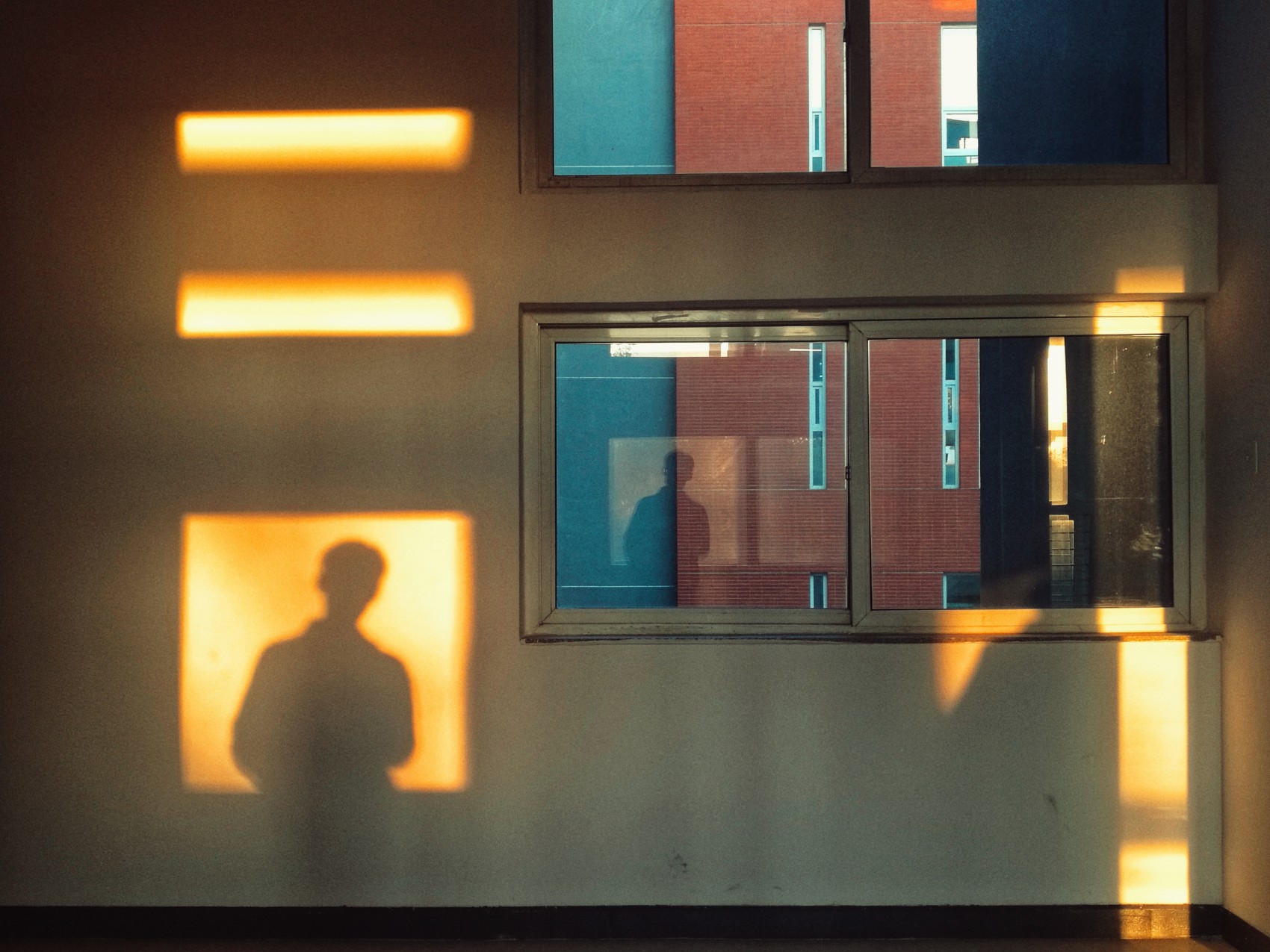Today, September 5th, marks the Global Day for Action for the Amazon Rainforest, so Global Shakers has created a list of the people who are fighting to save it, raise awareness of its importance, and monitor it with science and technology. This comes weeks after the world became aware of the devastating fires raging in the forests of the Amazon that are up 84 percent compared to the same period in 2018.
Social media erupted in rage when it found the Amazon had been burning for three weeks before any major news outlets covered the story. It was thanks to high-profile celebrities, namely Leonardo DiCaprio, that the world became enlightened to the destruction for which many blame Jair Bolsonaro, Brazil’s right-wing, nationalist president who was elected to office on 1st January 2019.
The sharp rise in deforestation – following year-on-year increases in May and June – confirms fears that president Bolsonaro has given a green light to illegal land invasion, logging and burning.
Scientists at the National Institute for Space Research, one of the organisations responsible for monitoring the Amazon Rainforest — specifically Ricardo Galvão and Carlos Nobre — are the ones who quantified the damning data of the Amazon fires, and much to their own detriment. Galvão was recently sacked from his position as Director-General of the Institute but continues to speak out about Bolsonaro’s destructive practices. This led his peer, Nobre, to refer to him as “a hero defending science.”
The Indigenous Fight
Indigenous forest land in Brazil’s Amazon has shrunk by 24 sq miles so far in 2019, according to Amnesty International. That’s 20 percent more than 2018.
The Amazon Rainforest is still the home to many indigenous people.
As major charity initiatives have slowly come to realise, you can’t protect the rainforests without protecting the people who live inside them. The 900,000 indigenous peoples who call the Amazon home are made up of more than 300 ethnicities that have spent thousands of years closely monitoring and defending the region’s stunning biodiversity.
Yet these people’s lives are under threat. Illegal logging and mining operations, the ongoing climate crisis, and outright Government contempt continue to corrupt and destroy one of the world’s most precious resources.
Numerous indigenous people have risen to global prominence in response. In Brazil, the feared and charismatic Sonia Guajajara has made history as the indigenous woman “to have gone furthest in the Brazilian political structure since the Portuguese landed in 1500.”
Brazilian Guarani leader David Popygua, speaking at an anti-deforestation event, captivated thousands with an intensely powerful speech — a battle cry for support — at a time when domestic politics was doing its best to look the other way.
And in Ecuador, Nemonte Nenquimo has been fundamental in leading her Waorani people to legal victory against the Ecuadorian Government’s plans to exploit yet more of the rainforest for oil extraction.
Non-profit support
The WWF alongside Greenpeace are two of the world’s biggest environmental charities. Both have fundraising campaigns to raise money to protect the Amazon, its people and its wildlife.
One of the first charities to take a human rights-based approach to Amazon protection was the Rainforest Foundation. Now headquartered in the US, the UK and Norway, the charity runs regular appeals for its projects that secure land rights for indigenous people and provide them with the “tools, training and resources necessary to protect their rainforests.”
The US branch is led by Suzanne Pelletier, an Environmental Studies graduate from Yale University who says that her driving mission is to “create a world that places more value on protecting its natural resources than extracting them.”
And on the ground, Mitch Anderson’s organisation Amazon Frontlines has spent years organising campaigns and fighting legal battles against oil and Government interests on behalf of indigenous people. The regular media commentator has lived in the rainforest since 2011, when he supported a large-scale clean water project with four indigenous tribes.
Government Intervention
There’s no escaping the fact that many of the problems facing the Amazon have been caused by governments relaxing environmental protections and bowing to powerful transport, agricultural and oil interests.
But there are those within the system fighting to make sure the Amazon remains in top shape.
Roberto Cabral Borges is the leader of GEF, the ‘special ops nerds’ created by Brazil’s environmental protection agency, Ibama. He’s an environmental analyst trained in special police tactics, whose team is empowered to swoop in and destroy illegal mining or logging operations in protected rainforest areas. Although his activities have been constrained by the Bolsonaro Government, it seems likely that Borges and his team would be ready to kick into action once the political tide turns.
Then there’s Javier Zavaleta, the Bolivian Minister of Defense. While tainted by his close association to President Evo Morales, it was Zavaleta who ultimately brought in a ‘supertanker’ to disperse 150,000 litres of water over the raging fires in the country — and who organised emergency support from neighbours Peru and Argentina.
We cannot fail to mention the change.org campaign started by Gabriel Santos, a 25-year-old Brazilian lawyer that now has over 4.5 million signatures.
His petition appears on every list you can find if you search “what can I do to help the Amazon Rainforest” since news spread of 2019’s destructive fires.
See who else is on our list of Defenders of the Amazon and learn more.

